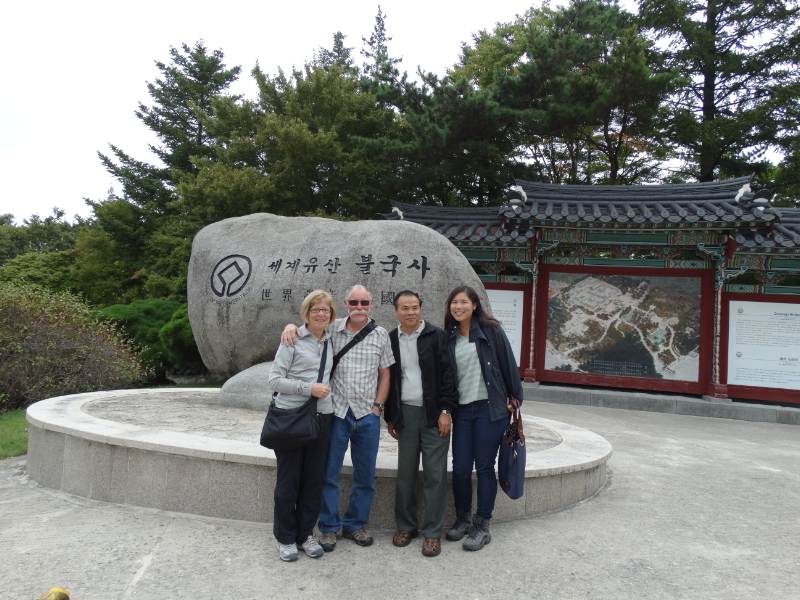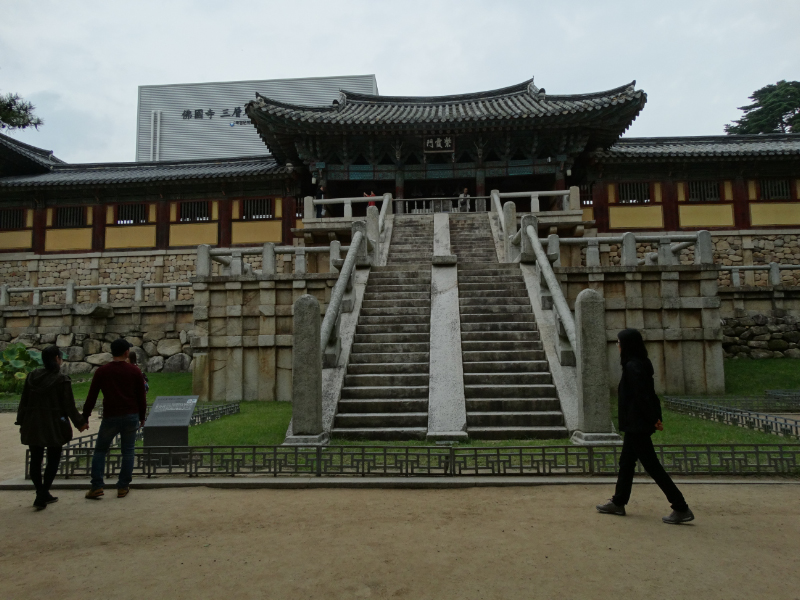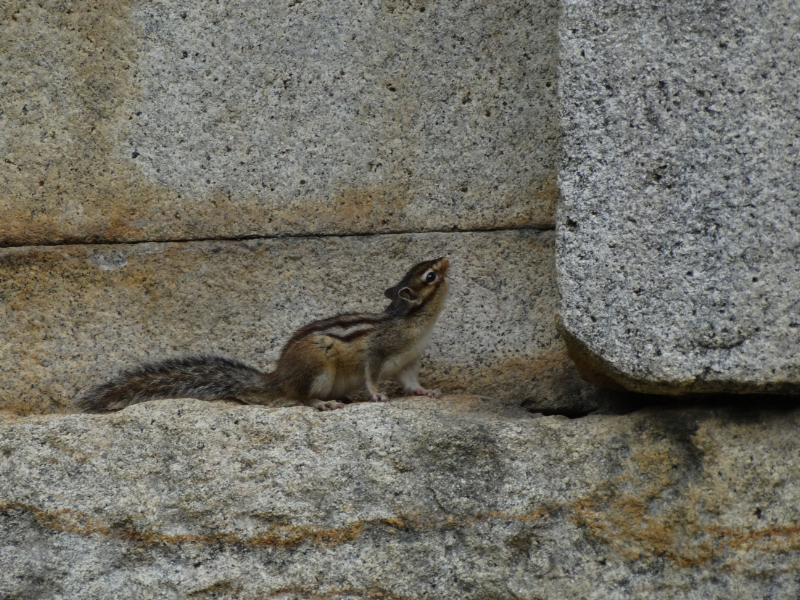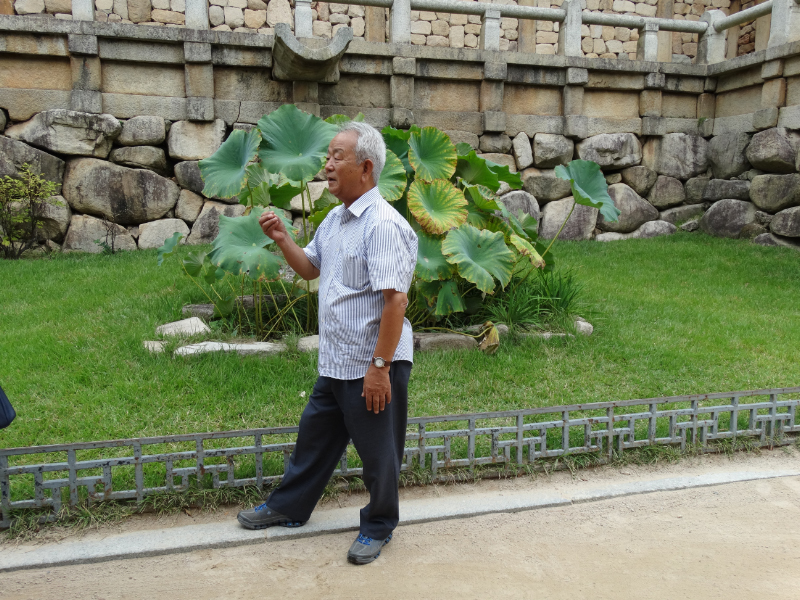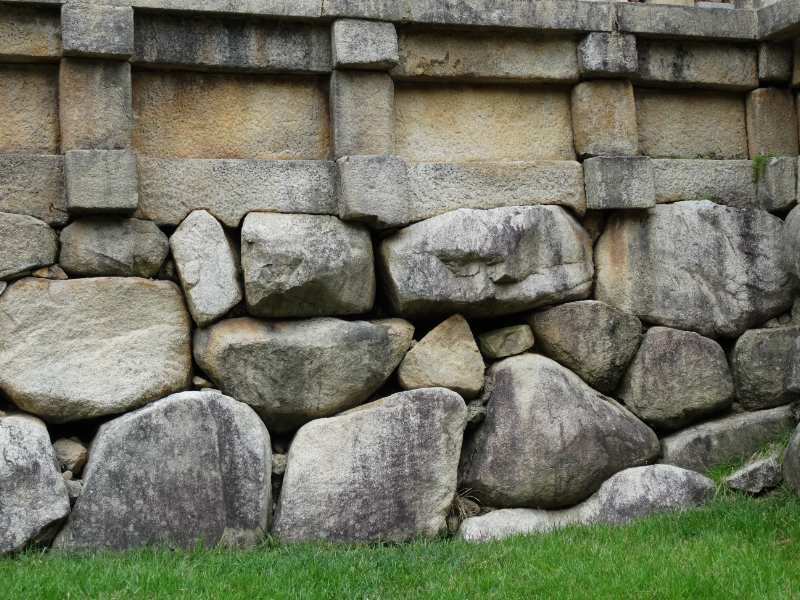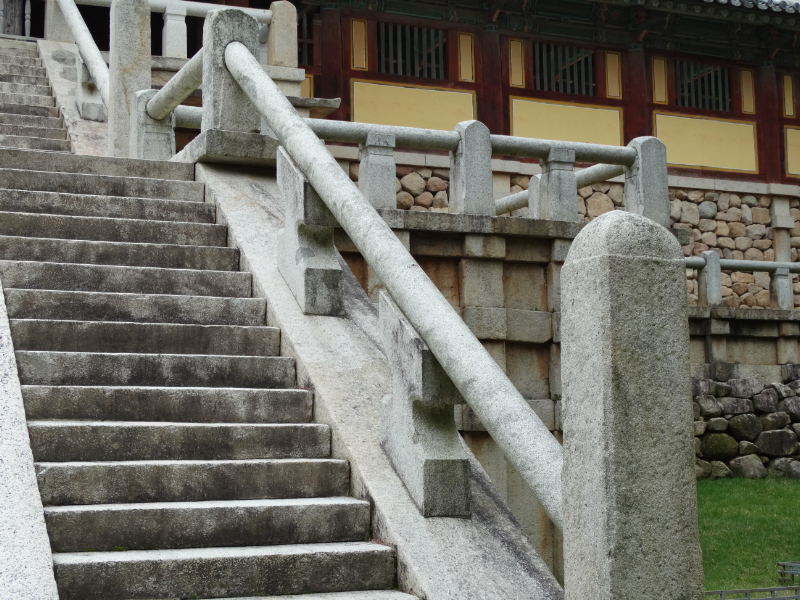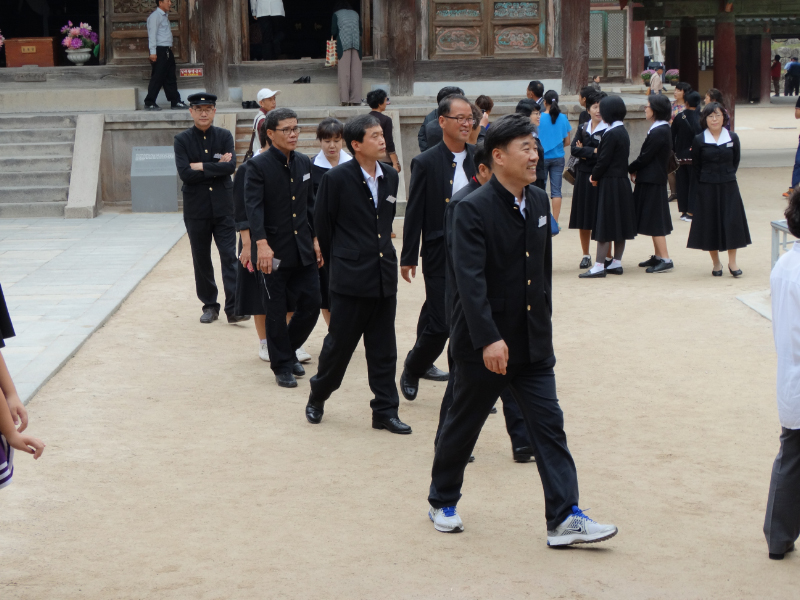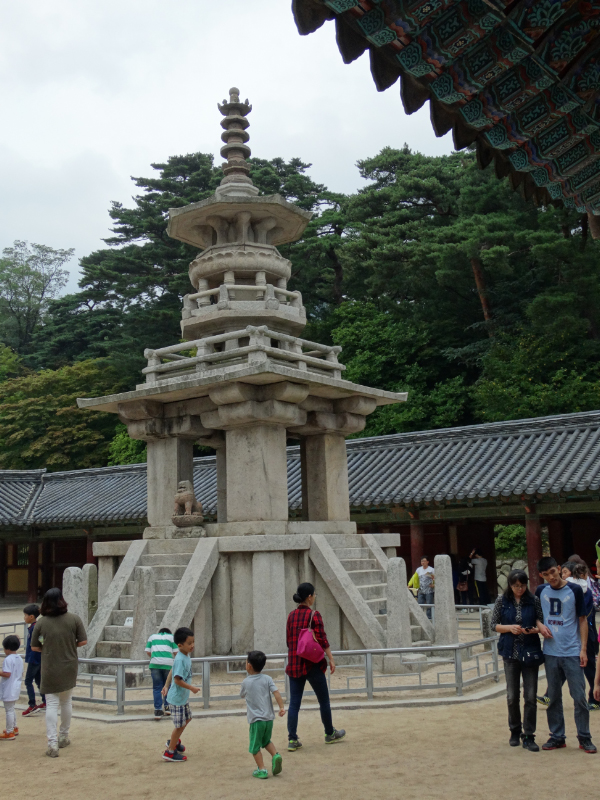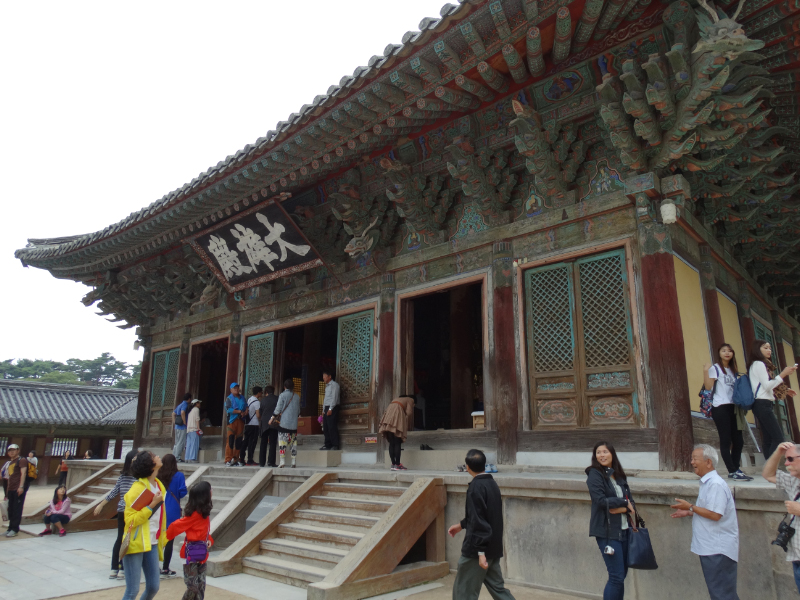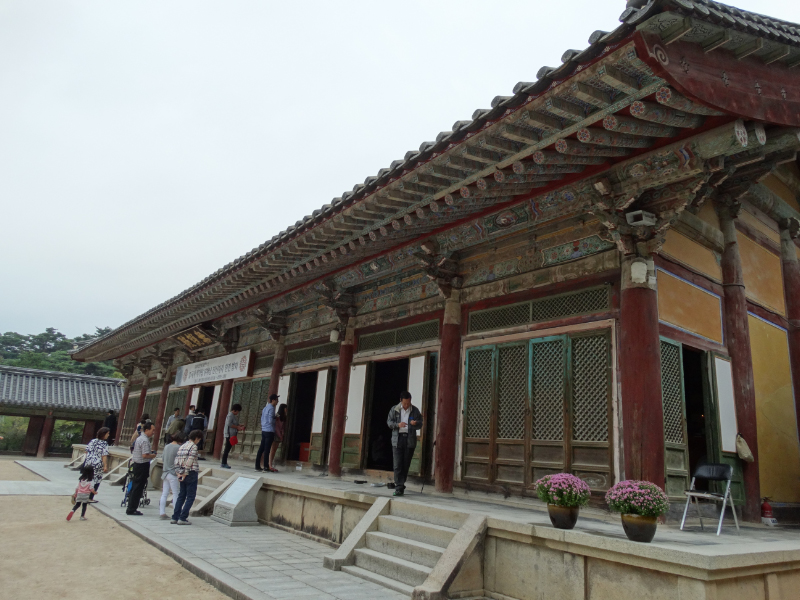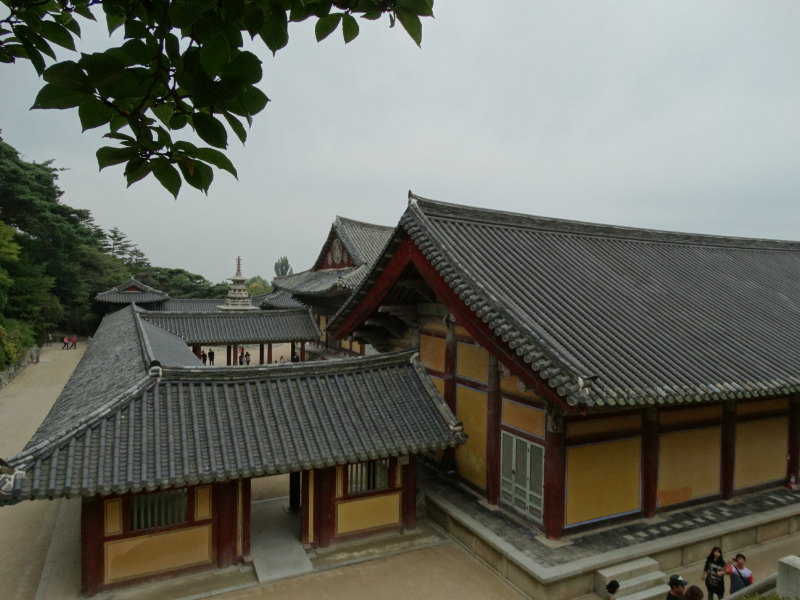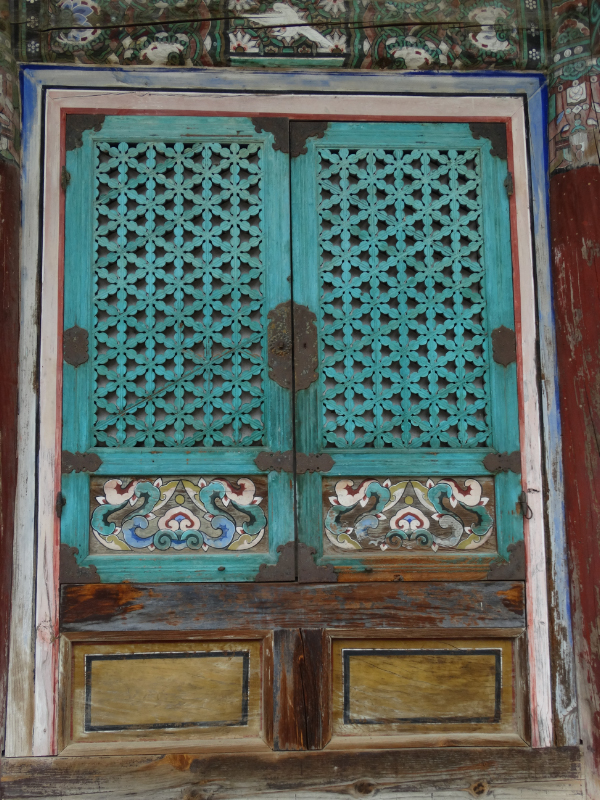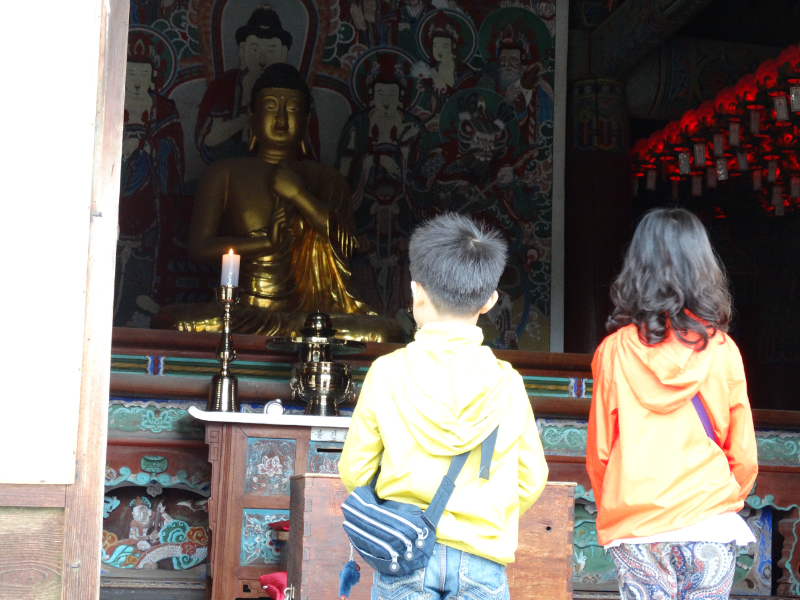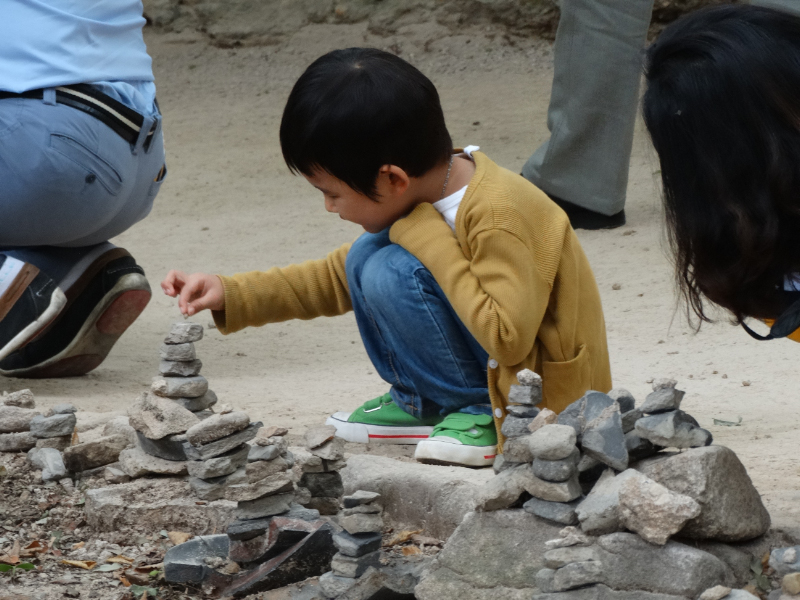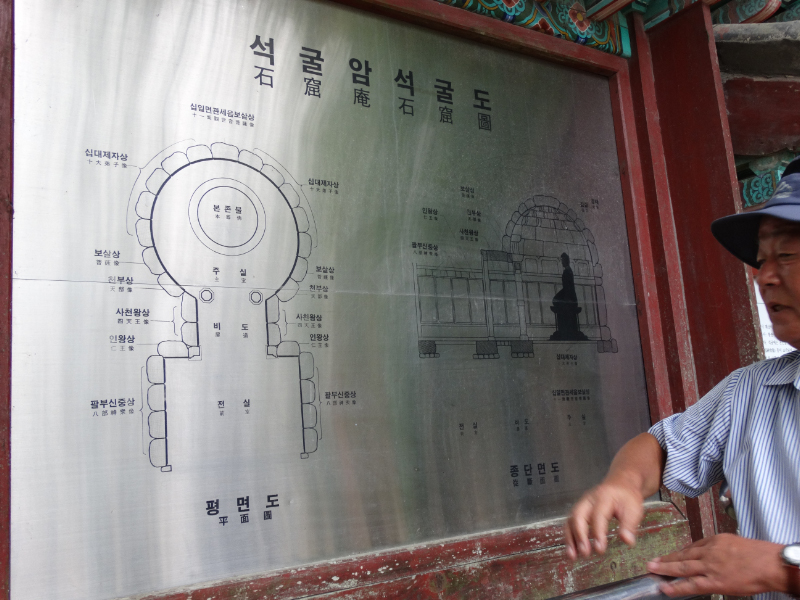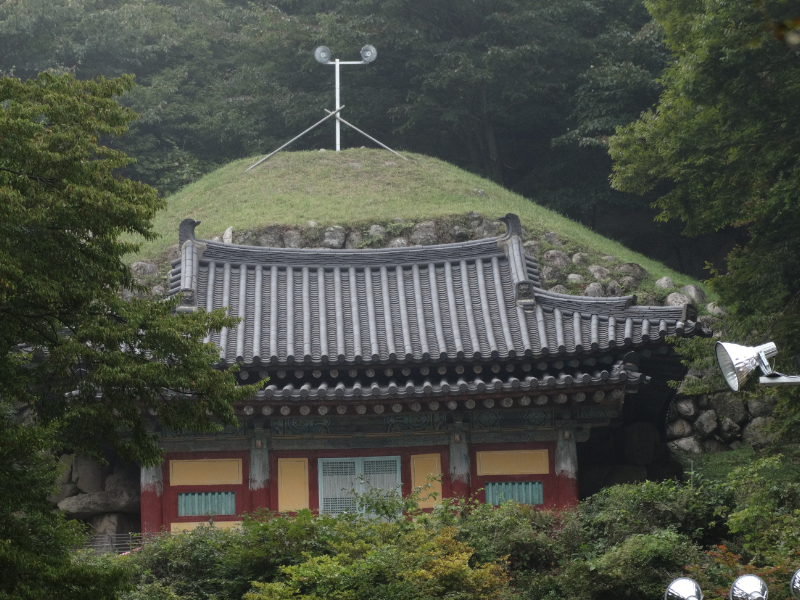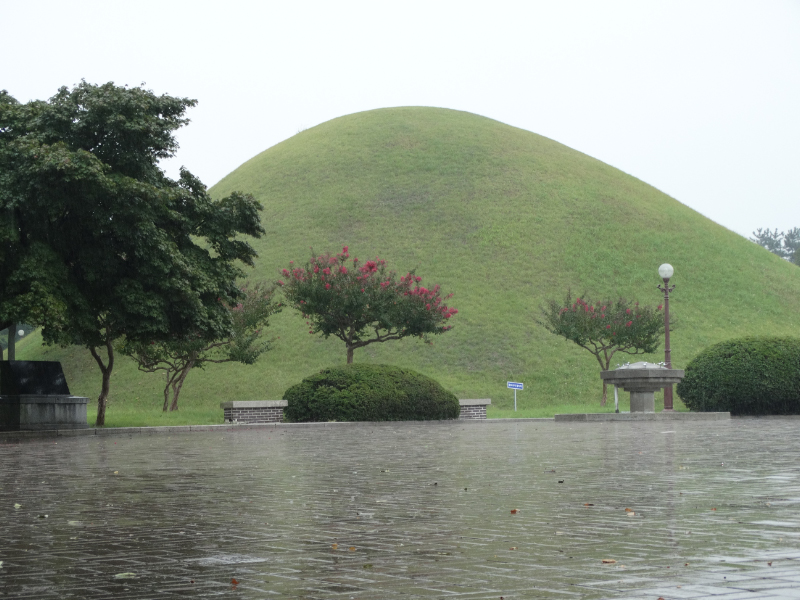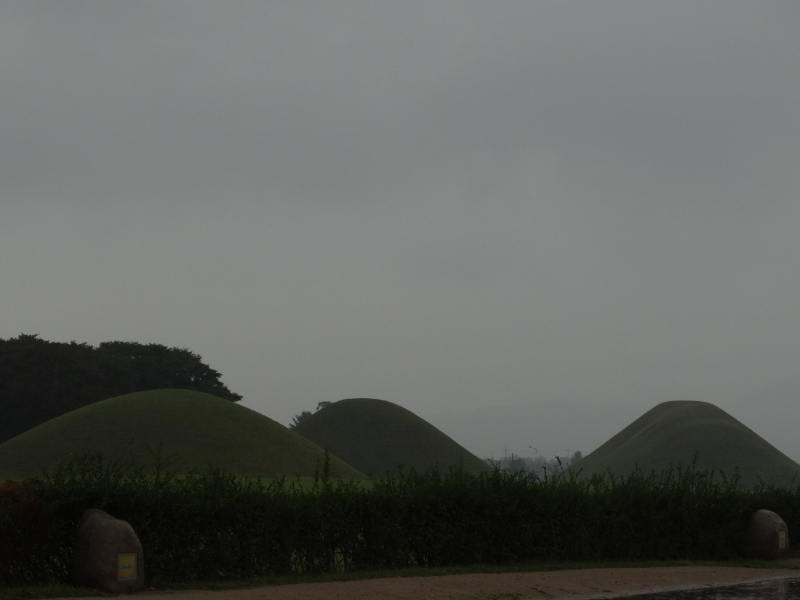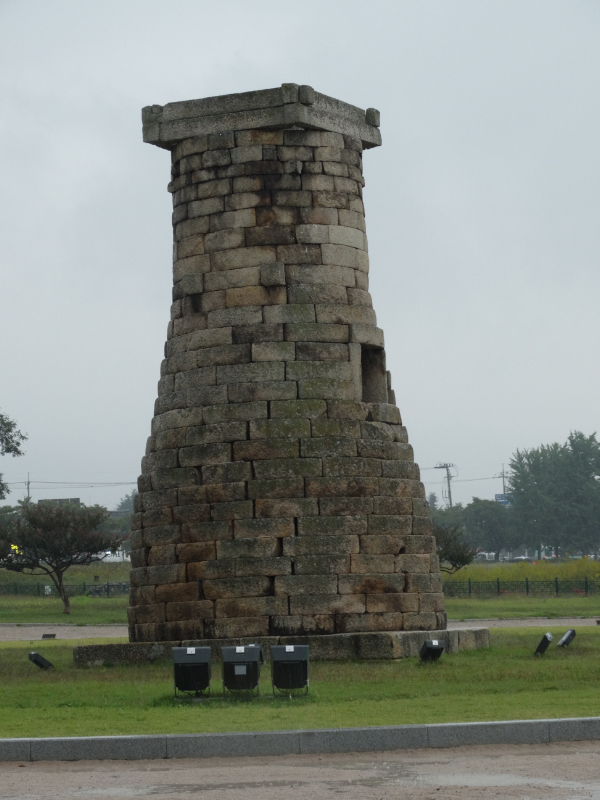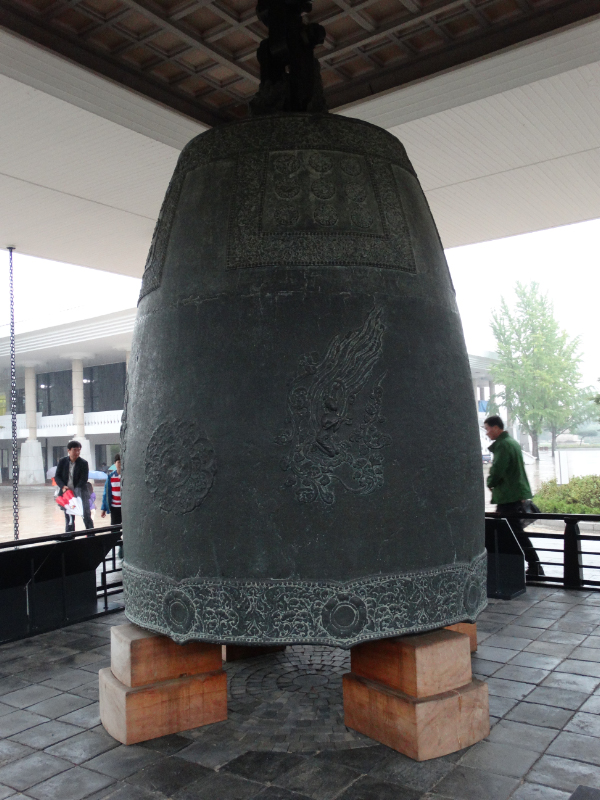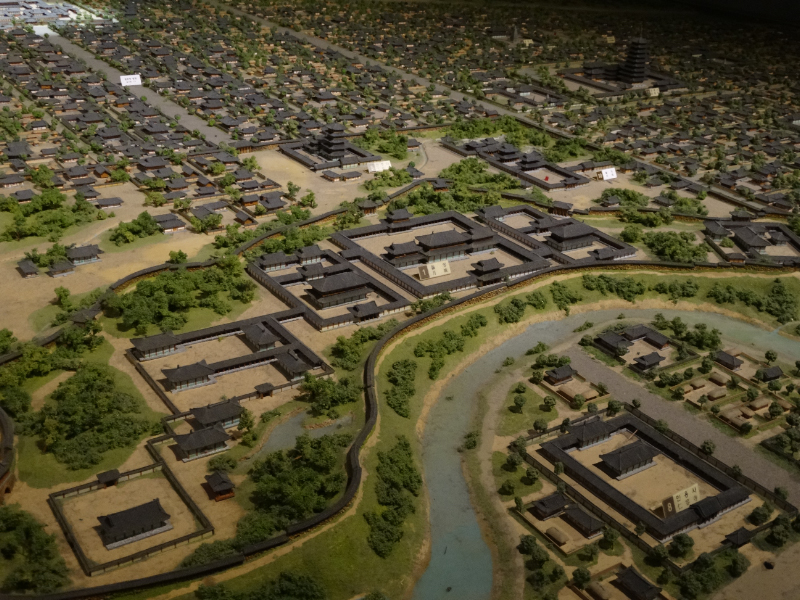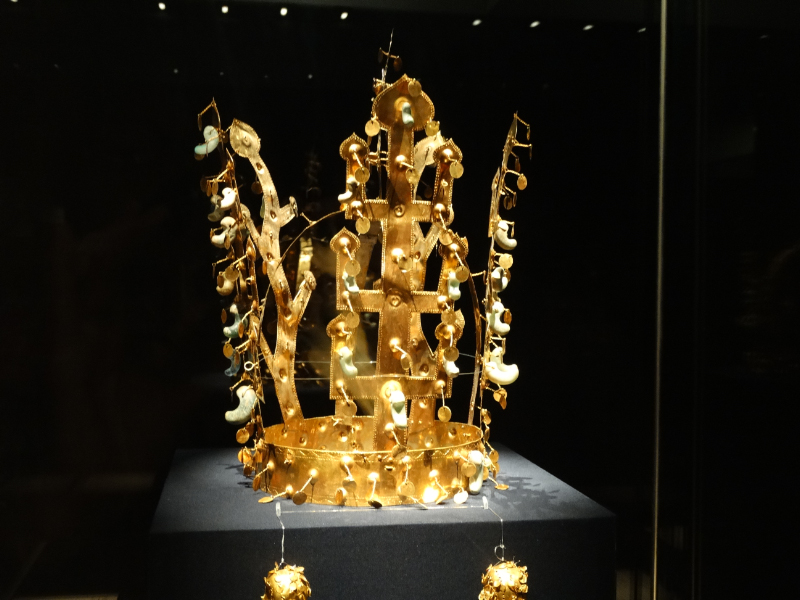Sunday 29th September
We opted for two group tours out of Busan. The first was to see some history of the Silla people (57BC and 935AD), and learn about the unification of the three kingdoms of Korea in the 10th century.
Our first stop was the Buddhist Pulguksa Temple, north of Busan. Set high in the mountains near the present day town of Gyeongju, it is actually a carefully researched reconstruction of the temple destroyed during the Japanese invasion of 1593. The original temple was constructed between 751AD and 774AD. Some significant buildings like the Daeungjeon Hall or “Temple of Great Enlightenment” were reconstructed in the 18th century, while other buildings were not reconstructed until the the 1970s.
Of architectural significance are the original stone walls which are natural rocks rather than cut stone, to withstand earthquakes, and the beautifully carved granite steps, rails and balustrades.
Unfortunately you can become blasé about temples when you have seen a few of them, however with our guide John pointing out the significance of buildings and pagodas, it was a new discovery. For example, lions always protect the temple halls, however lions never existed in Korea so the interpretation of them is quite different to the real creature.
This was the most important temple of the Silla kingdom and represented the Buddhist Pure Land in this world.
John explained how the water ways with their bridges and islands, and the steps leading to the temple buildings represented the journey across oceans and lands. Fish, turtles, trees and lotus plants all play significant parts in the temple. For example, the lotus plant sits in mud and yet cleanses the water, providing nutritious food and beautiful flowers.
As our tour was on Sunday, their were many Korean visitors, including a school alumni group who had gone to the trouble of dressing in their old uniform. Imagine a Kilbreda reunion in uniform! As we moved from temple hall to hall, people were praying but also adding stones to the many totems that you see in significant sites.
Our second stop was to the Seokguram Grotto. It houses a massive, beautifully carved buddha, surrounded by divas, Bodhisattvas, Arhans, the eleven headed Buddha of boundless mercy, guardian gods and kings (no pictures allowed). The grotto was built by Prime Minister Gim Dae-seong in 751 for the parents of his previous life.
Both the sites we visited have been designated of world cultural heritage importance by UNESCO.
As with any tour, lunch is an important part of the touring day and John treated us to an amazing Korean feast. The restaurant was full of families on their Sunday outing, but in true style, the food is served quickly – perhaps 20 bowls with salads and kimchi along with a soup. This can all be consumed in about 15 minutes, then the table is cleared a slickly as the food is presented.
After lunch it rained. Just a little. Our driver offered us umbrellas but we thought our trusty Gortex coats would keep the rain out and allow us to manage our cameras more easily.
We stopped to see the Silla burial mounds, massive wooden chambers where the King or Queen was buried with all their jewels and articles for the afterlife in the early Silla period. The wooden chamber was covered by metres of stone to allow air ventilation, and then a layer of soil which was grassed to keep the chamber dry. The mounds were metres high but varied in height from one to another.
Most of the tombs remain intact, no one knows what is inside them, however we were able to visit one of two that have been excavated, the Cheonmachong tomb named after a flying horse decoration found on a pendant of the saddle found in the tomb. The golden crown and ornate belt are on display in a museum we visited later in the day.
And the rain got heavier.
Next stop was the Gueongju Cheomseongdae, built during the reign of the Silla Queen Seondeok between 632 and 647, it is the oldest astronomical observatory in East Asia – simply a stone tower with a square opening through which skies could be observed to determine best planting times for crops after crops had failed due to late rains.
And the rain got heavier. By now our pants were very wet and that water was dripping through our socks and into our shoes.
Our last stop was to see the Divine Bell of King Seongdeok and the Silla treasures in the museum. John was not going to let a heavy downpour interrupt his commentary.
By the time we had finished that excursion water had infiltrated our bags through the zips. Maps and tickets were wet through and we shivered all the way back to the hotel.
After a hot shower and a wimpy choice to eat in the hotel we set about drying shoes and bags with the help of the built in hair dryer. Fortunately we had a slow day planned the next day and time to dry ourselves out.
e_header.jpg)

